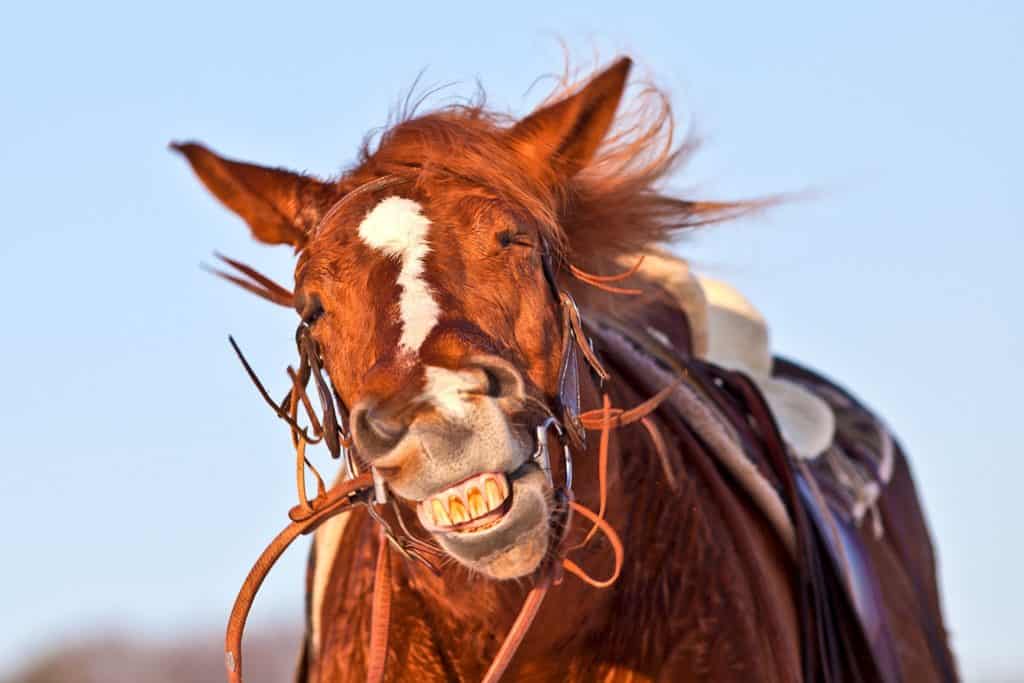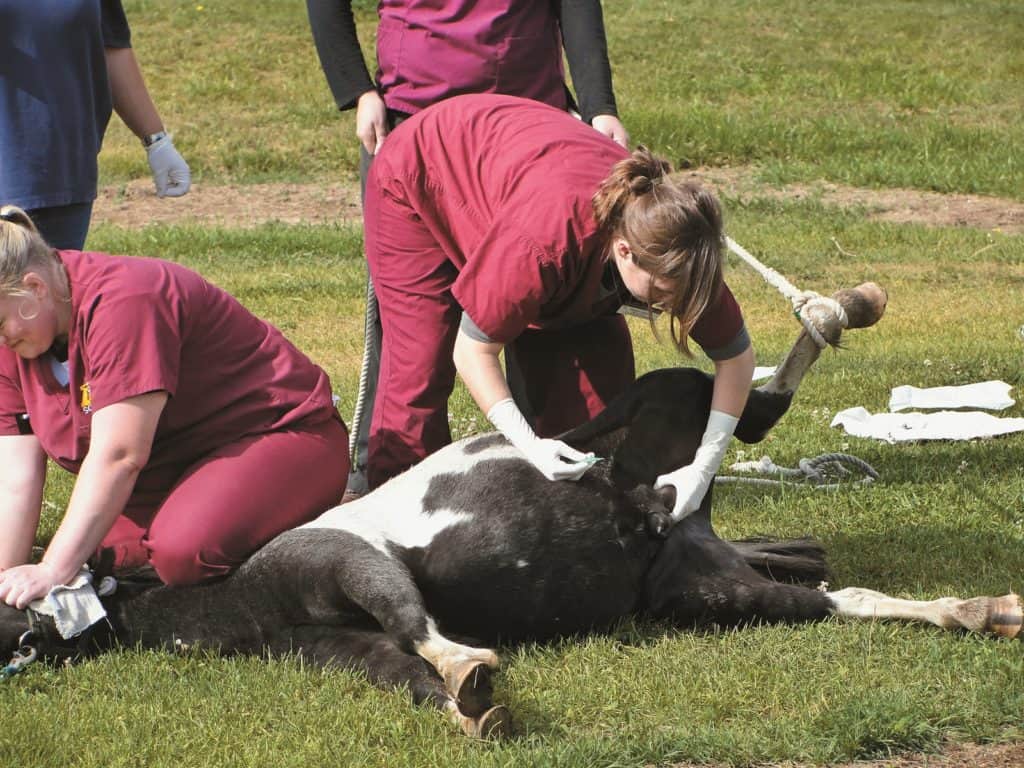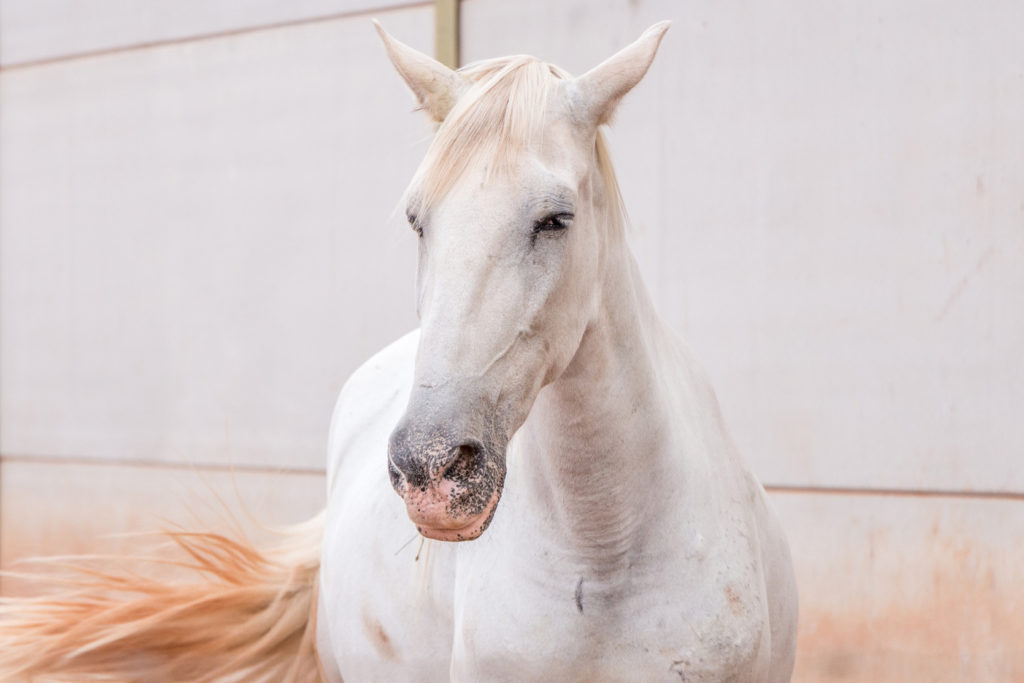
Evaluating Airway Function in Horses: How Well Do Vets Agree?
Arytenoid function can impact both sales price and airway function in horses, so it’s important for both buyers and sellers that veterinarians evaluate it consistently, one practitioner says.






























